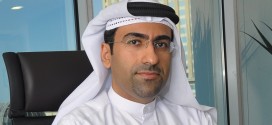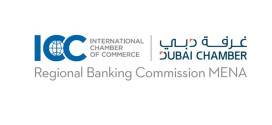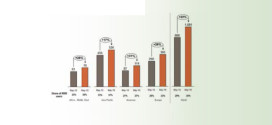
Trade corridors between China and the MENA region carry huge economic growth potential for businesses, offering the greatest prospects in the commodity and energy sectors, HSBC said at its Middle East and North Africa (MENA) and China Forum held in the UAE recently.
Emphasising the growth of China as a trading powerhouse, HSBC added that China is poised to become the world’s largest trading nation by 2016 and will account for 12.3 per cent of world trade by 2026.
Outlining the importance of trade relations between China and the MENA region, His Excellency Sheikh Nahayan Mabarak Al-Nahayan, UAE Minister of Higher Education and Scientific Research, Chancellor, Higher Colleges of Technology, said, “A maritime, aerial, and electronic Silk Road extends between China and the Middle East and North Africa. That is why you are here today.
“Although economic growth comes from increasing productivity, most increases in productivity result from education, research, and innovation – those activities that mark high-imagination-enabling countries. In particular, we must be HIEs [high-imagination-enabling countries] in regard to sustainability…
“I hope that you will foresee ways for making the new Silk Road an avenue of shared space. We are no longer separate. We can no longer depend on conventional signs and directions. We must respect all travellers for what they are and what they offer. We must ensure that, as in the tenth century, there is no obstacle between us and China.”
The latest HSBC Trade Connections report, issued in February 2012, highlighted that China is currently the MENA region’s second largest trading partner after the US. Three out of five of China’s overall top emerging importers are oil importers from within the MENA region: Qatar, Bahrain and Egypt. Each is forecast to grow above 14. per cent annually over the next five years.
 Cash And Trade Magazine For Cash and Trade professionals in the Middle East
Cash And Trade Magazine For Cash and Trade professionals in the Middle East




